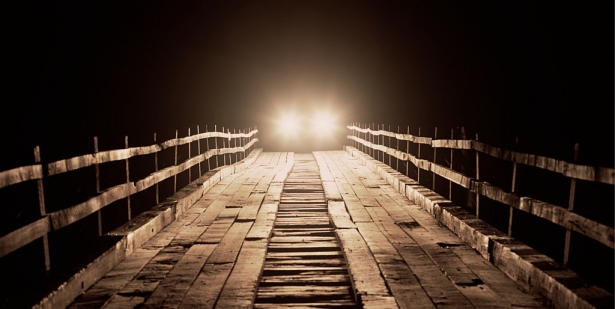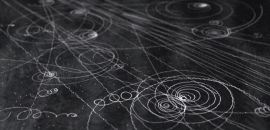Posts Tagged ‘halo’
I have written quite a bit on the differences between Lasik and PRK (Primer on PRK vs Lasik and Lasik vs PRK: What the Lasik Doctor Doesn’t Tell You – Short story: Run screaming from Lasik, it’s dodgy as hell, the very definition of a ‘quick-fix’), and I’ve written about my own PRK experiences (My Laser Eye Surgery, Part I: PRK Pre-Op Preparation, My Laser Eye Surgery, Part II: The PRK Operation, My Laser Eye Surgery, Part III: PRK Post-Op Recovery), but I haven’t yet spoken much about my own side-effects from my laser eye surgery.
Six-plus years after surgery, I’m still incredibly happy with both the recovery and with the results (vision I think is still better than 20/20, but as I age it’s naturally deteriorating). I have suffered (and still ‘suffer’) one side-effect: haloing. Halos can occur regardless of whether you’ve gotten Lasik, which cuts a flap in the cornea (never get Lasik!), or PRK/Epi-Lasik/Lasek (note the e in Lasek), which do not cut flaps in the cornea.
What is Haloing?
Haloing is an effect where your pupil opens wider than your corrected zone on your cornea (effectively a lens carved into the cornea itself). The image hitting your eye is simultaneously well-corrected and uncorrected. This results in an faint (typically less uncorrected light is getting through) overlapping blur, often with a starburst-like effect.
For me, before surgery, I would look at lights in the city night sky and see some form of haloing even with my contacts and glasses. I researched what it could look like and compared with what I was already getting. Hopefully the reader can make the same decision process.
I knew going into my surgery that my absolute widest pupil diameter was about 8-8.5mm. I measured my own in a *completely* dark room using a camera with a flash that would bounce off the ceiling and capture the pupils at the instant before they reacted to the flash. My laser doc measured my pupils in a semi-dark room and got about 6.5mm.
I knew that the system’s true correction zone (ignore any taper zone, that’s worthless, as I’ve written about in my Pre-Op Preparation article) was about 6-6.5mm, so I knew that I was going to be susceptible to haloing under very dark conditions. And I am, and will be forever. Unless I get my eyes done again in later years after my vision naturally deteriorates (and assuming these future machines have wider treatment zones).




